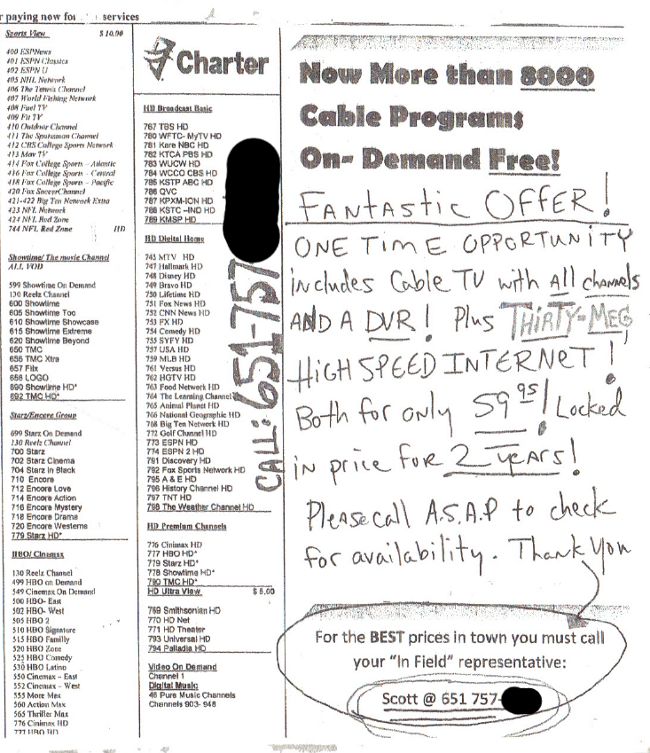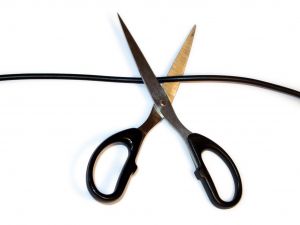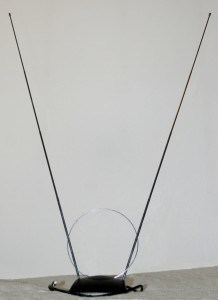Cable operators will be challenged to find enough open video channels to support a gradual transition to IP-based video, which could mean an early end to analog cable television in large parts of the country.
The former chief technology officer of Charter Communications, Marwan Fawaz, noted cable operators will need at least 24-32 free analog channels to duplicate their digital lineup — considerably more than many operators have available on today’s crowded cable dial.
The transition to digital cable won’t be easy for some consumers, many who actively dislike set top boxes on every television and the endless rental fees that often accompany them. Cable operators face more resistance from customers than their telephone and satellite competitors, who have always required equipment on every television in the home. But with the demand for increased broadband speeds, new network-capable DVR boxes that can be accessed from other televisions in the home, and the never-ending addition of new HD channels, converting analog signals to digital is the most cost-effective way to free up space to handle today’s demands on existing cable systems. The alternative would be expensive upgrades to increase available bandwidth — an investment unlikely to win favor on Wall Street or in company boardrooms.
Cable operators are taking different approaches to the challenge. Comcast has been systematically reducing the number of analog signals on its cable systems, using that space for new digital signals, including HD broadcasts and faster broadband. Time Warner Cable has deployed a transparent “on-demand” system for its lesser-watched digital channels that only transmit them into neighborhoods where viewers are watching them. Smaller operators are also moving to adopt nearly all-digital cable television lineups, especially on older systems that have already exhausted available space for new channels and services.
Fawaz says cable’s progression to IP-based delivery of cable channels is inevitable, a matter of “when” not “if,” according to an article in Light Reading:
For operators that don’t expect to have that much capacity available to them soon, he suggests that they could start off in smaller stages, perhaps beginning by moving Video-on-Demand services and some “niche” networks over to IP and supporting them with hybrid QAM/IP set-tops or gateways. Another transitional option, at least from an in-home multi-screen perspective, is to start using specialized transcoding that can convert QAM video to IP and pass those streams to tablets, PCs and other devices using the home’s Wi-Fi network.
Most cable operators are supplying customers with digital adapters that can accommodate digital signals on older, analog televisions, without a giant set top box taking up space. To make the transition easier, operators typically provide up to 2-3 boxes for free for 1-2 years and then bill customers a nominal rental fee thereafter.
An increasing number of cable customers will become familiar with these “DTA” boxes in 2012. Time Warner Cable, the nation’s second largest cable operator, will continue its progression to convert its cable operations to mostly-digital this year. Time Warner’s customers in Maine were the first to experience the switch, with mixed results. Fawaz expects some remnants of the analog lineup, as well as some limited support for QAM channels, will remain for the next 7-10 years.


 Subscribe
Subscribe




